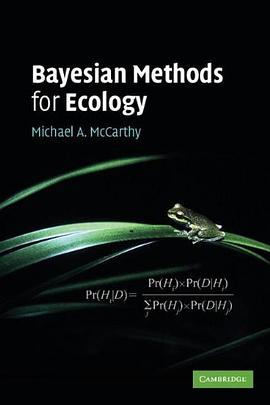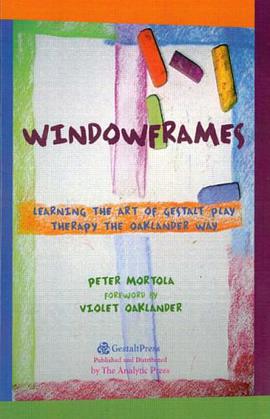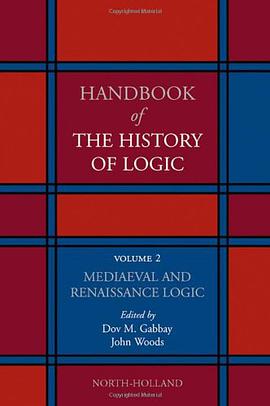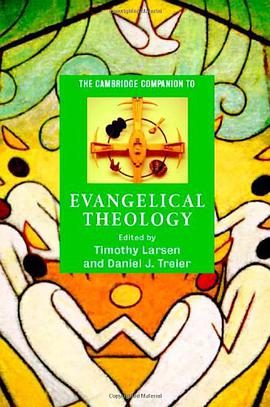

This book deals with syllable structure in the two main languages spoken in Morocco. Its theoretical outlook is that of generative phonology. We first deal with Tashlhiyt Berber. This language has a syllable structure with properties which are highly unusual. On the one hand, complex consonant sequences are a common occurrence in the surface representations. On the other hand, syllable structure is very simple. The way these two conflicting demands are reconciled is by allowing vowelless syllables. Any consonant may act as a syllable nucleus. Nuclear status is preferentially assigned to segments which are more sonorous than their neighbours. In the last two chapters we argue that our conclusions about Tashlhiyt Berber carry over to a certain extent to Moroccan Arabic. The inventories of syllable types of the two languages are very similar. Unlike Tashlhiyt, Moroccan Arabic has an epenthetic vowel, but it also allows vowelless syllables.
具體描述
讀後感
評分
評分
評分
評分
用戶評價
相關圖書
本站所有內容均為互聯網搜索引擎提供的公開搜索信息,本站不存儲任何數據與內容,任何內容與數據均與本站無關,如有需要請聯繫相關搜索引擎包括但不限於百度,google,bing,sogou 等
© 2025 qciss.net All Rights Reserved. 小哈圖書下載中心 版权所有




















